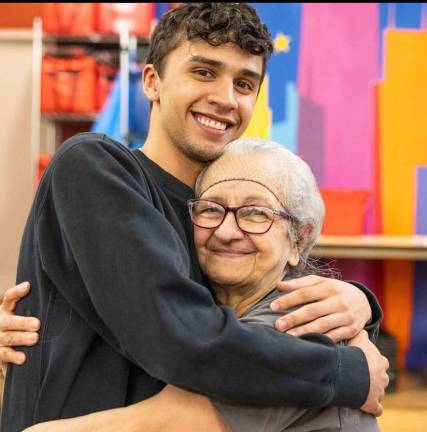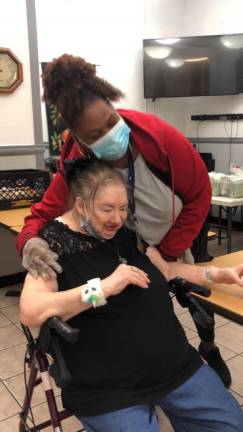Our City Needs a Transit System That Works for People of All Abilities


Earlier this summer, the MTA reached a settlement with disability advocates that would require the agency to make the New York City Transit system 95% ADA compliant by the year 2055.
Then, on the 32nd anniversary of the Americans with Disabilities Act, the Biden administration pledged $343 million dollars to make stations more accessible, with a focus on cities like New York. While any movement towards a more accessible transit system is a move in the right direction, the older adult population is already large and the transit system is already too broken to wait until 2055. We need more of an investment in accessibility for older adults, right now. Any federal money needs to be spent as quickly, wisely, and efficiently as possible.
The population of older adults is ballooning nationally as more and more baby boomers reach their 60s and 70s. Here in our city, people over the age of 60 are among the fastest growing age demographics and areas like the Upper West Side have seen a rapid increase in concentration.
My organization, Encore Community Services, proudly serves this population, especially on the West Side of Manhattan, with home delivered meal services, housing and programs to keep them socially engaged and financially fit. I am blessed to meet with older adults every day, but one of the truths of life is: as we age, our abilities change.
Some older adults experience mobility issues, others experience challenges with their vision or hearing. As currently constituted, the transit system does not properly serve these New Yorkers as the system is only about a quarter ADA compliant having been built decades before the ADA was passed.
Out of Service
However, even as some stations have been fitted with elevators to comply with the needs of people with different abilities, it is common for our older adults to tell us that those elevators can be out of service for days, if not weeks. They often must go several stops out of their way to get access to the system via an elevator. And alerts about these outages are not necessarily communicated in an accessible way, especially to those who are less tapped into text or Twitter.
The consequences of this inertia go beyond mere inconvenience. Older adults say they regularly have to pay out of pocket for a taxi to get to an accessible station. Everyone has a story about how Access-a-Ride can be unreliable. And these hurdles can cause irreversible problems. An older adult missing a doctor’s appointment may have to go months without getting much needed medication. An older adult missing a meeting with a financial navigator may fall behind on bills as they go without assistance with entitlements or insurance.
Older adults with mobility issues also observe how regularly subway station floors are impassable with a walker or a cane as stations regularly experience crowding if not puddles, flooding and slip and fall hazards. Winters and rainstorms can be especially tough and climate change is only going to make the impact of weather on transit systems even more extreme.
Broader Impact
Even some so-called station improvements have not helped our older adults, as those with visual challenges say the bright monitors are impossible for them to see. Older adults with difficulty hearing tell us the intercom announcements are often unclear, and those that advise route changes or train arrivals often come too late for those with mobility issues to react in time.
Some of these changes in abilities are of course not unique to older adults. Better accessibility will have a broader impact as well. Parents with strollers, people with temporary injuries or even shoppers would benefit from a transit system that works for all. And as a greater share of the population lives well into their 80s and 90s, they deserve to be able to get around. In fact, the truth is, in the best case scenario we are all getting older and we should be so lucky to see our abilities change in these ways.
The ways we improve our transit services today for the significant population of older adults that already need them will go a long way in making the future more accessible for all. If we do aim to be the greatest and most accessible city in the world, we can’t wait until 2055. We need quicker solutions for accessibility, and more of an investment, not just from the federal government, but also our state and city leaders.
Shehila Stephens is the Director of Programs at Encore Community Services.